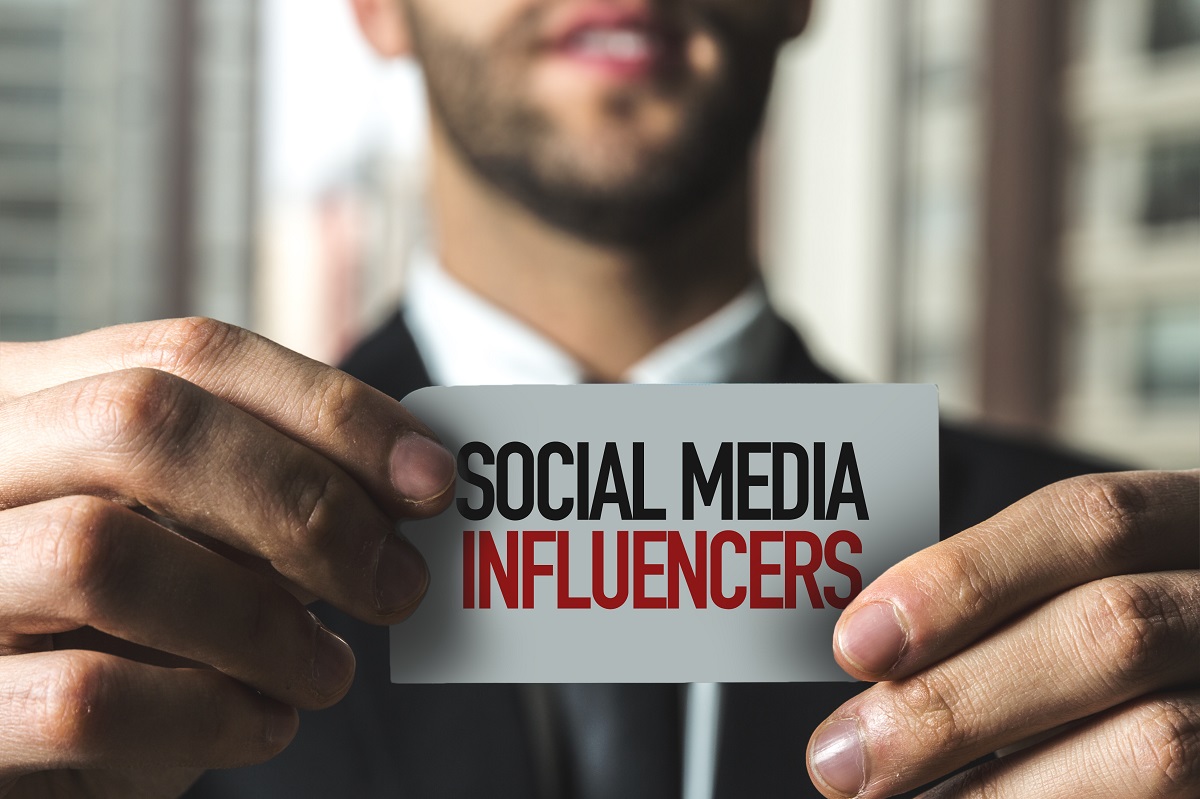The dawn of social media such as Facebook, Twitter, Instagram, and YouTube has created a niche that is an effective way of brand marketing through prominent social media personalities. Anyone who uses social media knows that influencers are among the most, well, influential people on the Internet. In recent years, influencer marketing has changed compared to back in the early 2000s.
What has changed?
A 2020 study has shown that over 3.8 billion people use social media today, and influencers will use all that they can to grab even just a small percentage of the people’s attention. It’s no wonder then that whatever an influencer may post online, it is immediately under scrutiny by the public eye and their intended audiences.
Politically-correct Content
Long gone are the days of insensitive content as our world shifts into a more progressive and politically correct view of individual subjects such as what jokes are okay and what content is considered “non-offensive.” This shift in how we consume media isn’t to say that these changes are bad. These changes have created a safe space for both teenagers and adults alike to consume media.
However, this isn’t to say that “dark and edgy content” doesn’t exist anymore; they do. YouTube content creators such as Joji, formerly known as Filthy Frank, and Ryan Higa both fill a niche on YouTube’s edgier side. But due to the recent changes in YouTube’s policy and how social media consumers views both influencers have since shifted to more family-friendly content.
With the numerous social media policy changes, influencers have also shifted their content to align with these ideals or be shadow-banned or just outright be banned from the platform.
Quality Not Quantity
Content creators and influencers have undergone numerous changes in how they present themselves to their audiences. These changes have also changed which influencers brands will approach. Brands will now look at the engagement stats an influencer has before looking at their subscriber or follower count.
An influencer with 500,000 followers might not get approached for a brand deal if their content engagement is subpar relative to their follower count. However, an influencer with 100k followers with organic and high content engagement from their followers will get a higher chance of being approached by brands to endorse their product.
Higher content engagement means that influencers can successfully encourage and move their followers to buy products they’ve endorsed or sign-up for more brand marketing.
Influencer Managers
Once an influencer reaches a certain follower count and content engagement will more often than not be tapped by influencer management companies with the promise of increasing their follower count and more brand deals for a cut of the profits.
This business model has mostly been successful and more utilised by influencers because it dramatically increases their audience reach and gets them in touch with other influencers for a collaboration.
Like in every known business, data and information are key in ensuring that you have the edge over your competitors. One of the best ways to get your rankings up in search engines and strengthen your place in the industry is through search engine optimisation and PPC management services. With professional supervision, marketing has never been easier.
These influencer management companies also protect their clients from copyright laws and make beneficial deals on their behalf.
Affiliate Influencers

One of the most popular ways that influencers make money is by affiliate brand deals. One of the best examples of this is the influencers’ use of audible. Affiliate marketing allows influencers to choose which brands to sponsor to their audience with more flexibility. It allows them to offer special discounted codes to their customers for a cut of the profits made.
This type of marketing also allows brands a cheap way to market their brand by only paying influencers if they successfully sell a product through their affiliate codes. However, this niche has also created a shady side to influencer marketing as some content creators will endorse a product but not inform their audience of their affiliate deal.
However, this deceptive marketing mode has seen some backlash over the years, and this mode of marketing is soon to change due to social media platform policies.
Giveaways and Unboxing
Depending on the brands marketing strategies and their product price point, influencers have also used this strategy to get gain more followers and engagement on their content. Unboxing is another popular way of showcasing a brand’s product to the influencer’s entire audience while keeping the costs to a minimum.
Sending influencers freebies to showcase to their followers has also been another cheap and easy strategy that brands have used to enable influencers to increase brand awareness and increase profits.
It is important to remember that influencer marketing and marketing in general, for that matter, is an ever-changing landscape. Both influencers and brands must adjust to their audience’s demands to fully take advantage of what social media platforms have to offer in terms of organic audience engagement and marketing.

